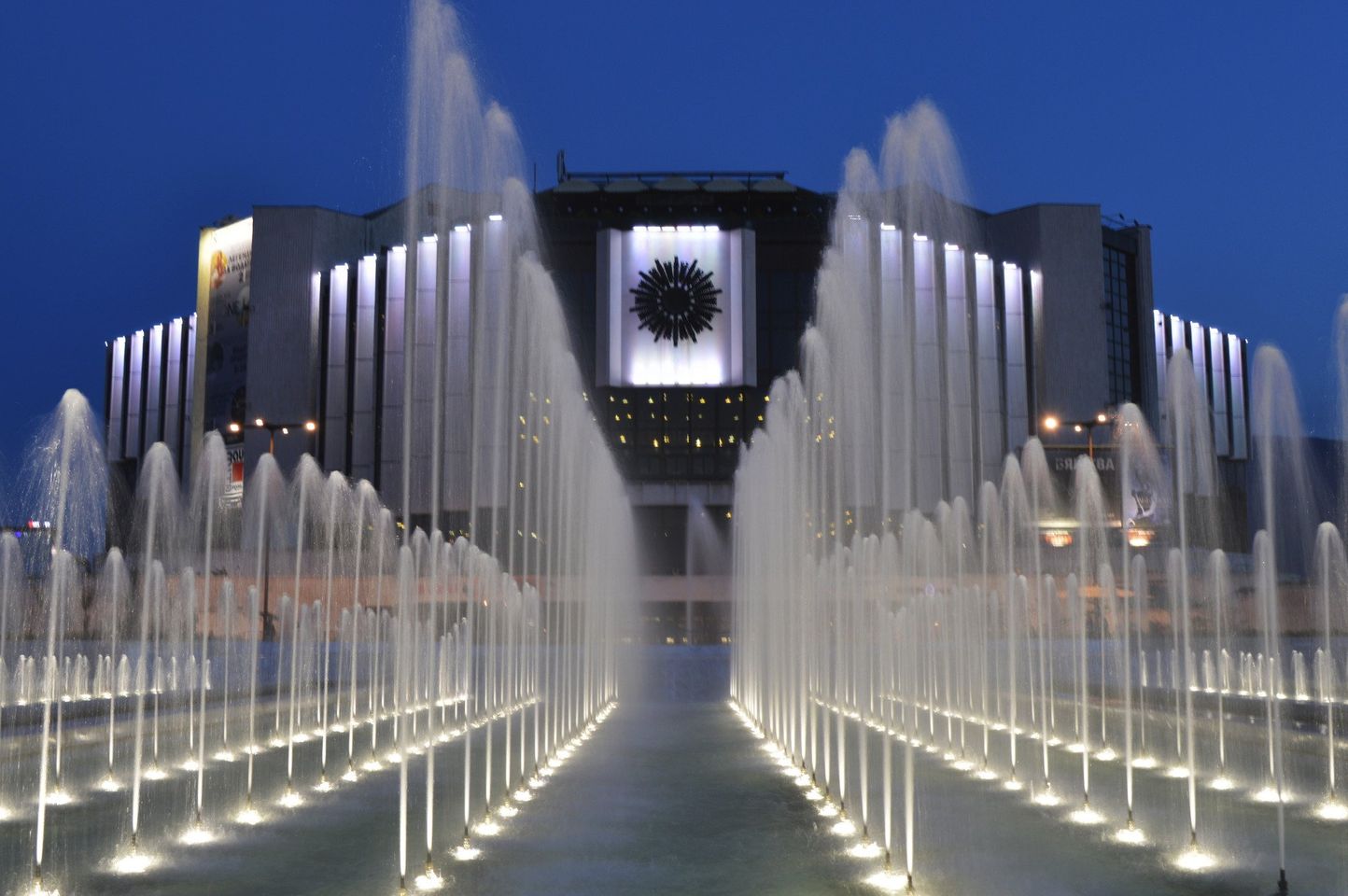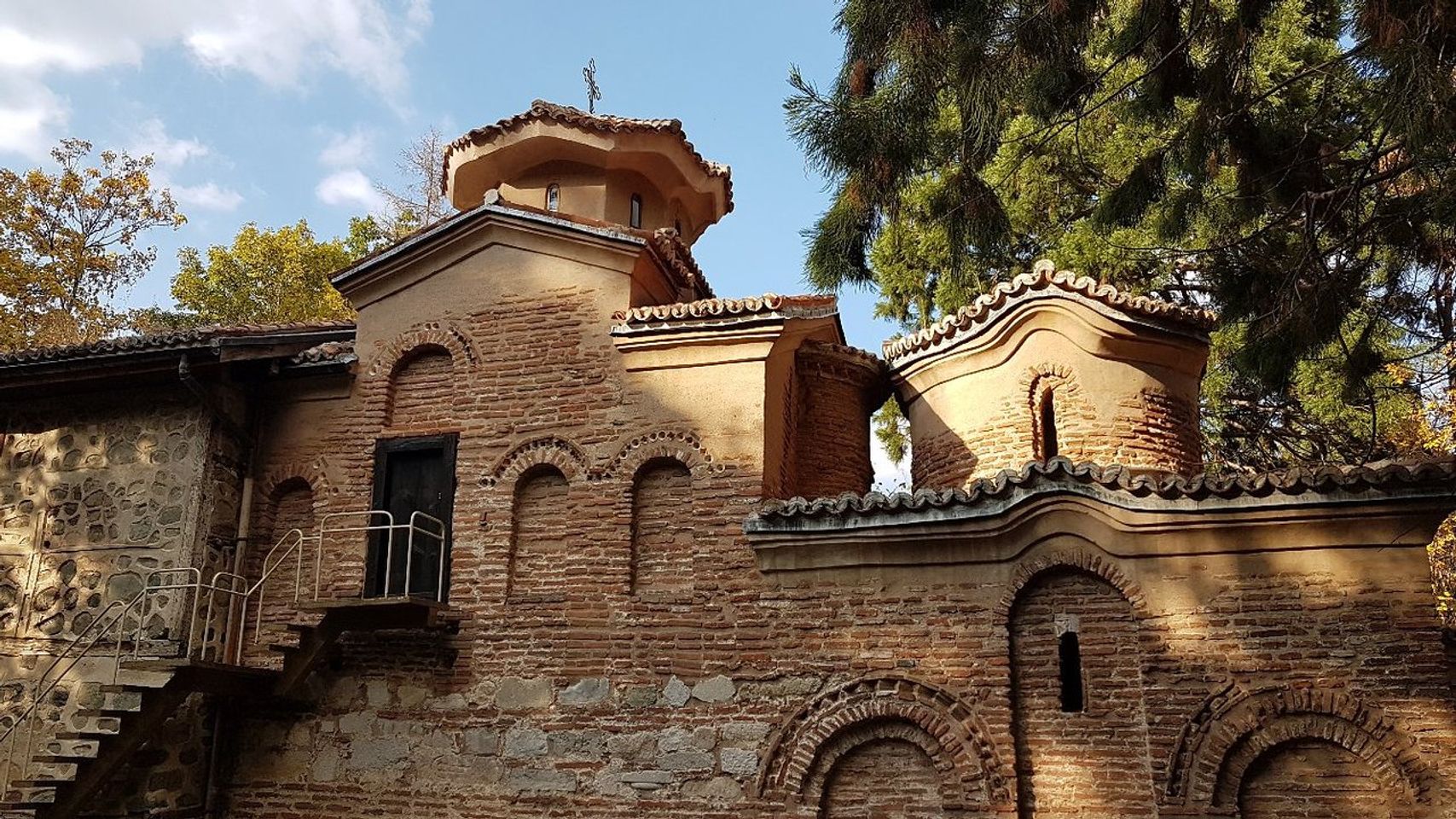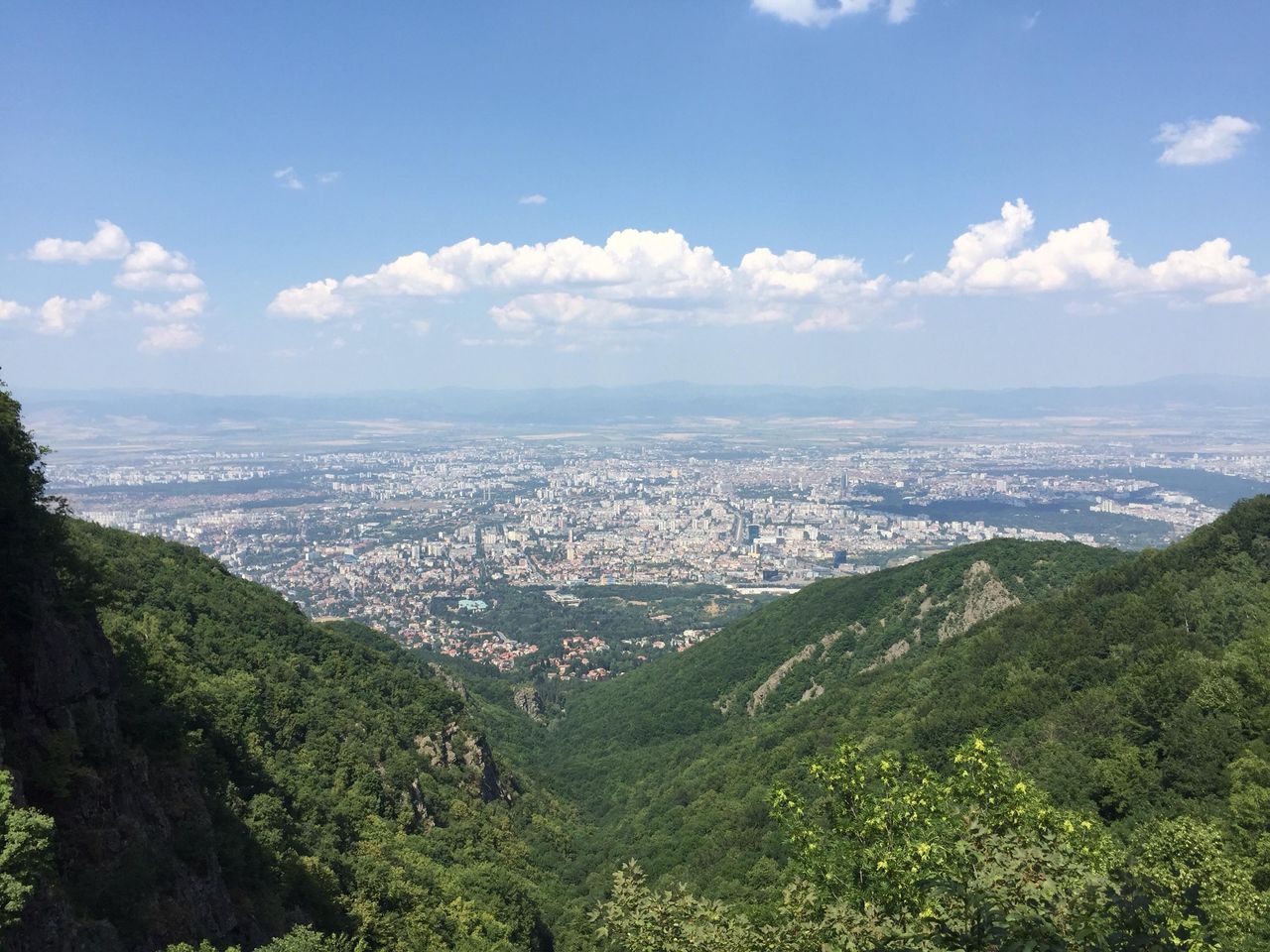Discover the magic of Bulgarias National Palace of Culture.

Nestled in the charming city of Sofia, Bulgaria, stands the National Palace of Culture (NPC), an impressive symbol of the nation’s cultural heritage. This multi-functional complex, also known as NDK, is famous as one of the largest convention centers in Southeast Europe and a hub of cultural and artistic events.
Built in 1981, under the communist regime, NPC remains an architectural masterpiece that reflects the pomp and grandeur of the Soviet era. Despite its striking design and versatility, NPC has been a subject of criticism and controversy over the years. While some see it as a testament to Bulgaria’s cultural richness, others deem it as a discordant structure that clashes with the city’s architectural identity.
In this article, we will delve deeper into the National Palace of Culture’s history, design, cultural importance, and controversies. We will provide an honest, opinionated perspective that explores both the positives and negatives of this iconic landmark. Click here to access the complete city guide for Sofia.
History and architecture of the National Palace of Culture
As you step through the doors of the National Palace of Culture in Sofia, be prepared to embark on a journey through Bulgaria’s history and cultural heritage. This iconic architectural masterpiece is not only a venue for large-scale events but also a representation of the artistic and architectural vision of Bulgaria. The impressive marble and glass façade encloses a treasure trove of knowledge, creativity, and a celebration of Bulgaria’s history.
This building stands tall as a symbol of Bulgaria’s artistic and cultural spirit. With its impressive structure and modern design, the National Palace of Culture showcases the integration of contemporary art and architecture with Bulgaria’s rich cultural heritage. As you explore the intricate details of the building, you will see how seamlessly it blends different styles and elements. The artistic prowess of the monument, with its intricate details, frescoes, and designs, is awe-inspiring.
The National Palace of Culture reminds us of our rich history and cultural heritage, and it is a testament to Bulgaria’s architectural ingenuity. It preserves and celebrates the country’s artistic achievements and promotes cultural exchange between locals and tourists alike. As we move forward, we must appreciate the importance of preserving historic monuments such as the National Palace of Culture, which serve to remind us of our past and inspire us for the future.
Cultural events hosted at the National Palace of Culture
As we step into Bulgaria’s National Palace of Culture in Sofia, we can’t miss noticing the richness of the culture embedded in every corner of the palace. The NDK is known for hosting some of the most spectacular and diverse cultural events, encompassing music performances, dance shows, theatrical plays, exhibitions, and more. We believe that attending these events is an excellent way to experience the vibrant Bulgarian culture at its best.
The NDK is renowned for its impressive versatility in hosting events that cater to all tastes. From classic ballet performances to contemporary music shows, visitors are sure to find something of their interest. We recommend checking out the event calendar beforehand to plan your visit accordingly and not miss out on some of the most exciting events taking place at the palace.
Attending cultural events at the NDK is an excellent way to support local artists and talent, contributing to the growth of Bulgaria’s cultural landscape. We believe that by experiencing the cultural richness of Bulgaria through the events hosted at the NDK, visitors can gain a deeper understanding of the country’s history, traditions, and values, making their visit a truly meaningful and enriching experience.
Importance of the National Palace of Culture in Bulgarian society
We cannot emphasize enough the importance of the National Palace of Culture in Bulgarian society. This iconic structure stands tall in the heart of Sofia not only as a cultural center but also as a symbol of national pride. The building is a grand testament to the country’s rich cultural heritage and its commitment to promoting the arts.
As you step into the National Palace of Culture, you’ll be greeted by a plethora of cultural activities ranging from concerts, theatrical performances, exhibitions, and conferences. The building exudes a sense of grandeur and elegance, making it the perfect venue for both local and international events. From the modern architecture to the various exhibitions housed within, the National Palace of Culture is a true gem of Bulgarian culture.
However, the National Palace of Culture is more than just a cultural center; it’s a hub of creativity and innovation. It provides a platform for local artists to showcase their talents and an avenue for international artists to share their work with the Bulgarian people. The National Palace of Culture has become a melting pot of ideas, cultures, and traditions, bringing people from all walks of life together. In this sense, the National Palace of Culture serves as a bridge between cultures, creating a vibrant and dynamic cultural scene in Bulgaria.
Conclusion
In conclusion, the National Palace of Culture in Sofia, Bulgaria, is a magnificent building that has stood the test of time. It serves as a symbol of Bulgaria’s cultural identity, and its impact is undeniable. From hosting international events and conferences to providing a space for local art exhibitions, the National Palace of Culture has played a significant role in the country’s cultural development.
However, while we celebrate this grand structure and all it has to offer, it is important to consider the voices and needs of the people. Ensuring that all members of society have access to the events and opportunities hosted at the National Palace of Culture is crucial. It’s also important to preserve the historic and cultural significance of this building for future generations.
In the end, the National Palace of Culture is more than just a building; it’s a testament to Bulgaria’s rich cultural heritage and an embodiment of its hopes and dreams for the future. As both residents and visitors, we should appreciate this stunning architectural marvel and nurture its cultural significance, ensuring that it will continue to inspire and enrich our lives for generations to come.





